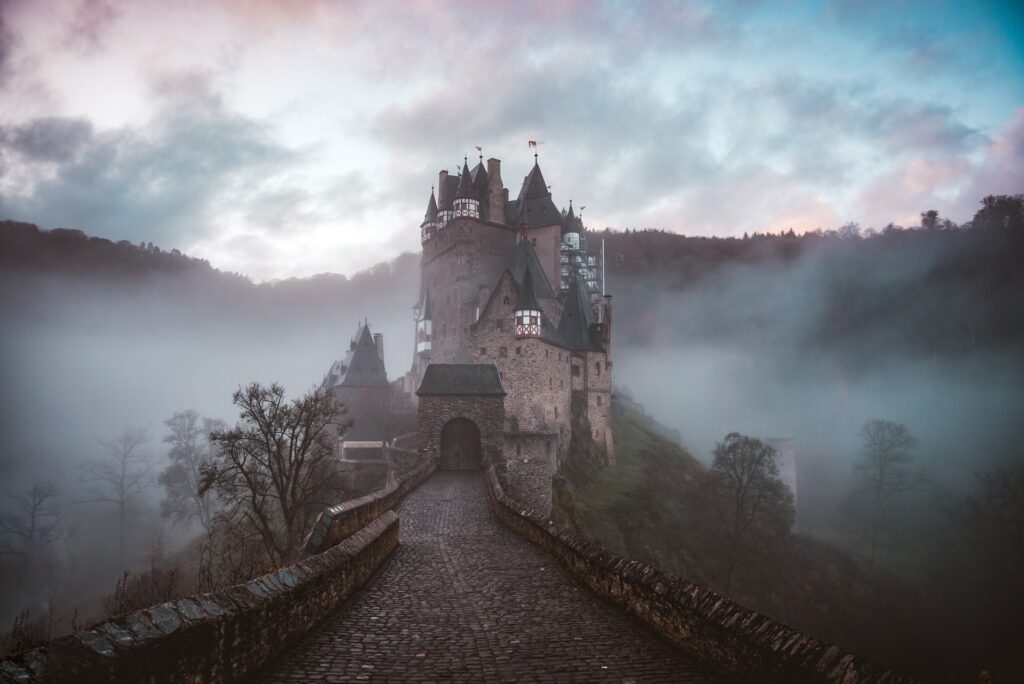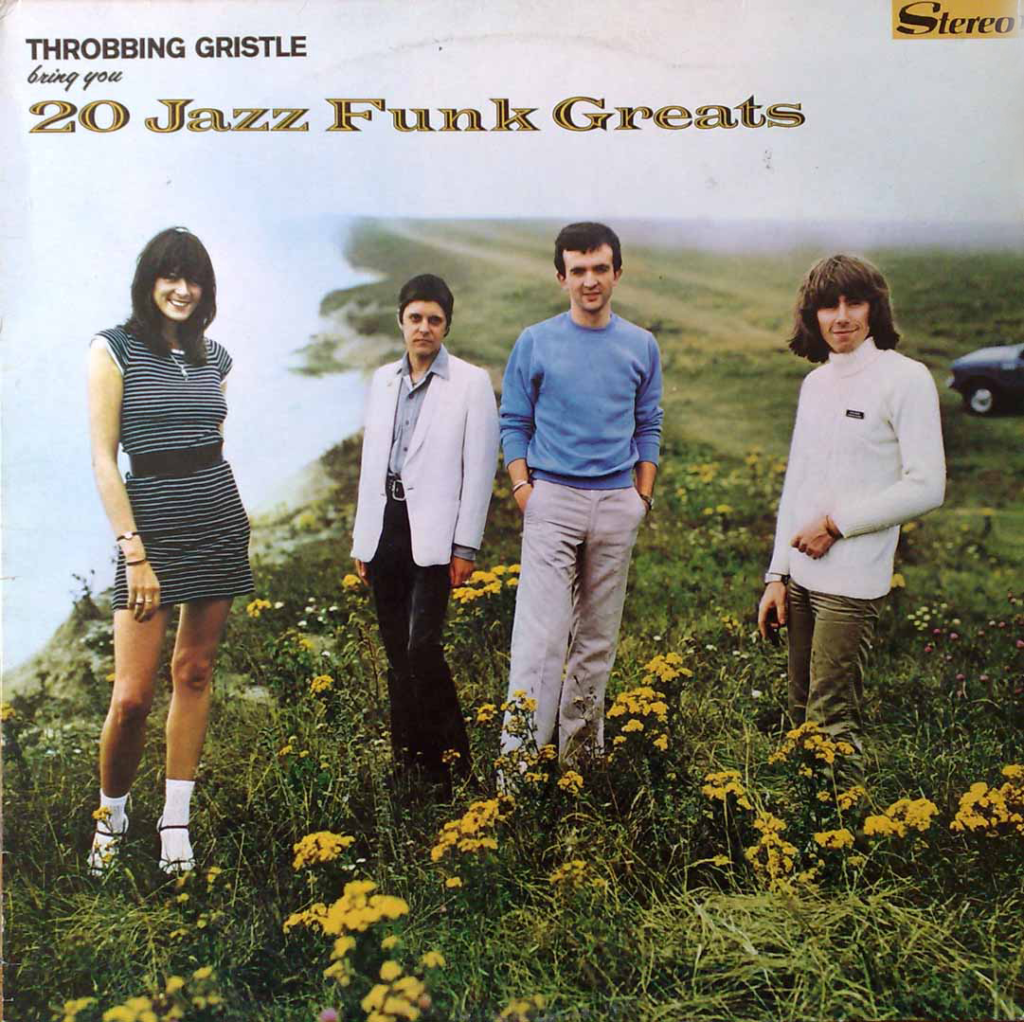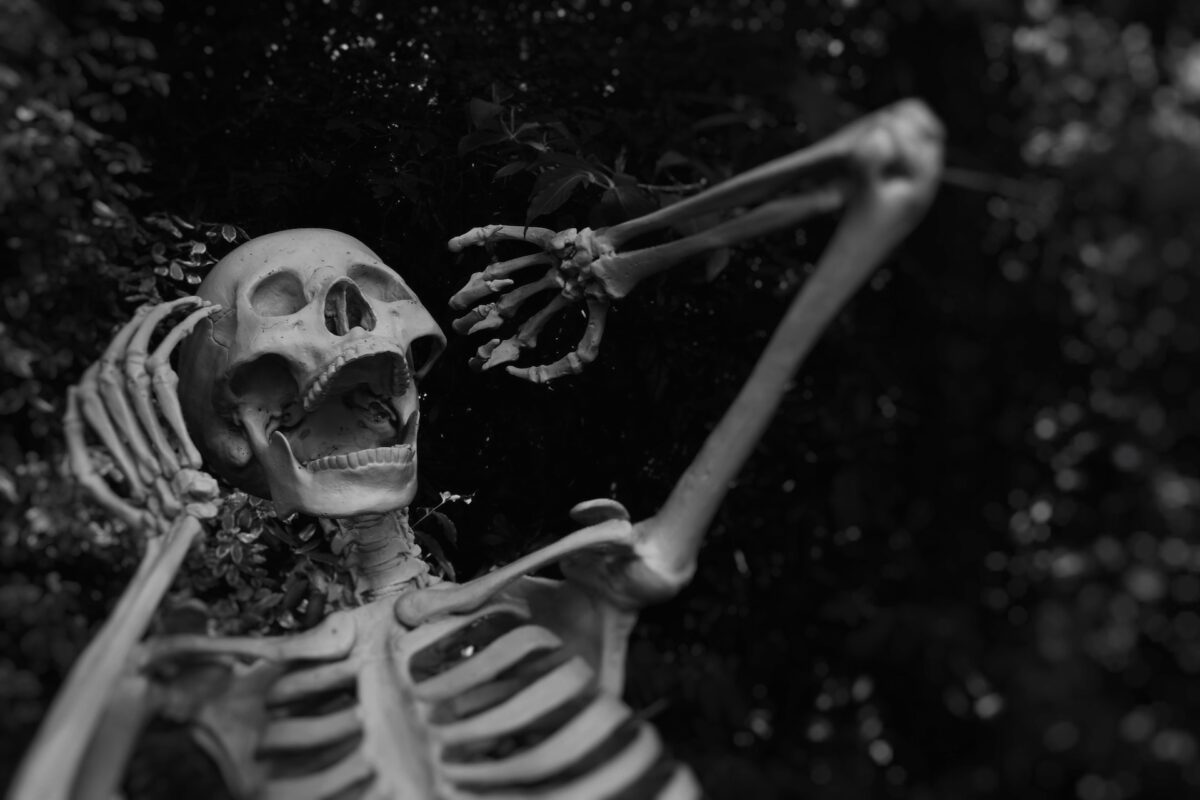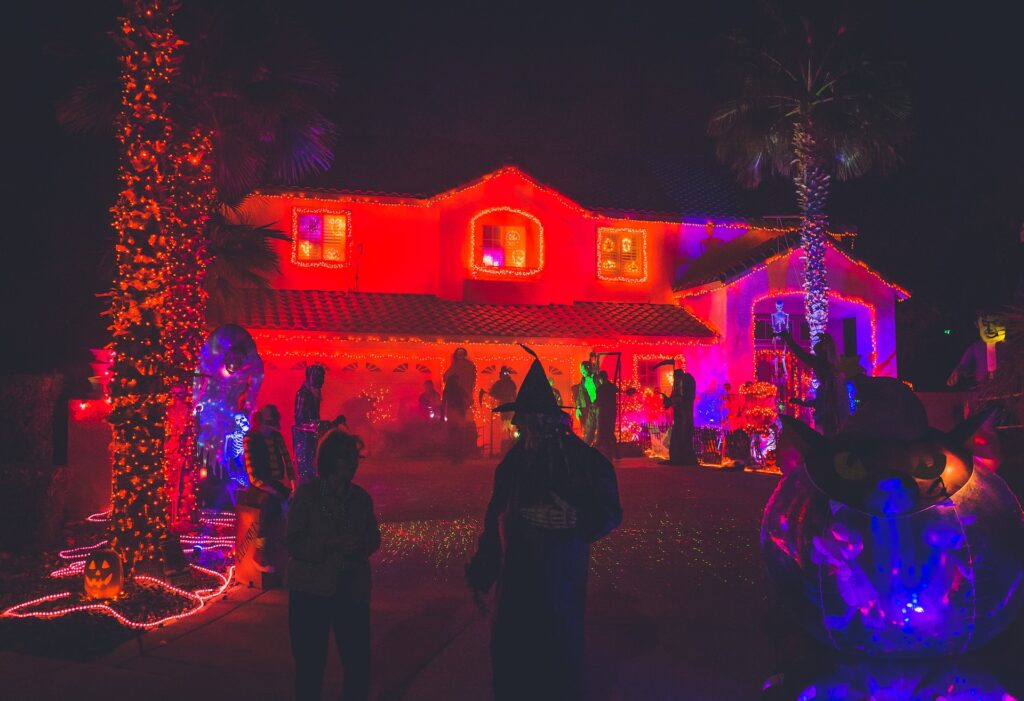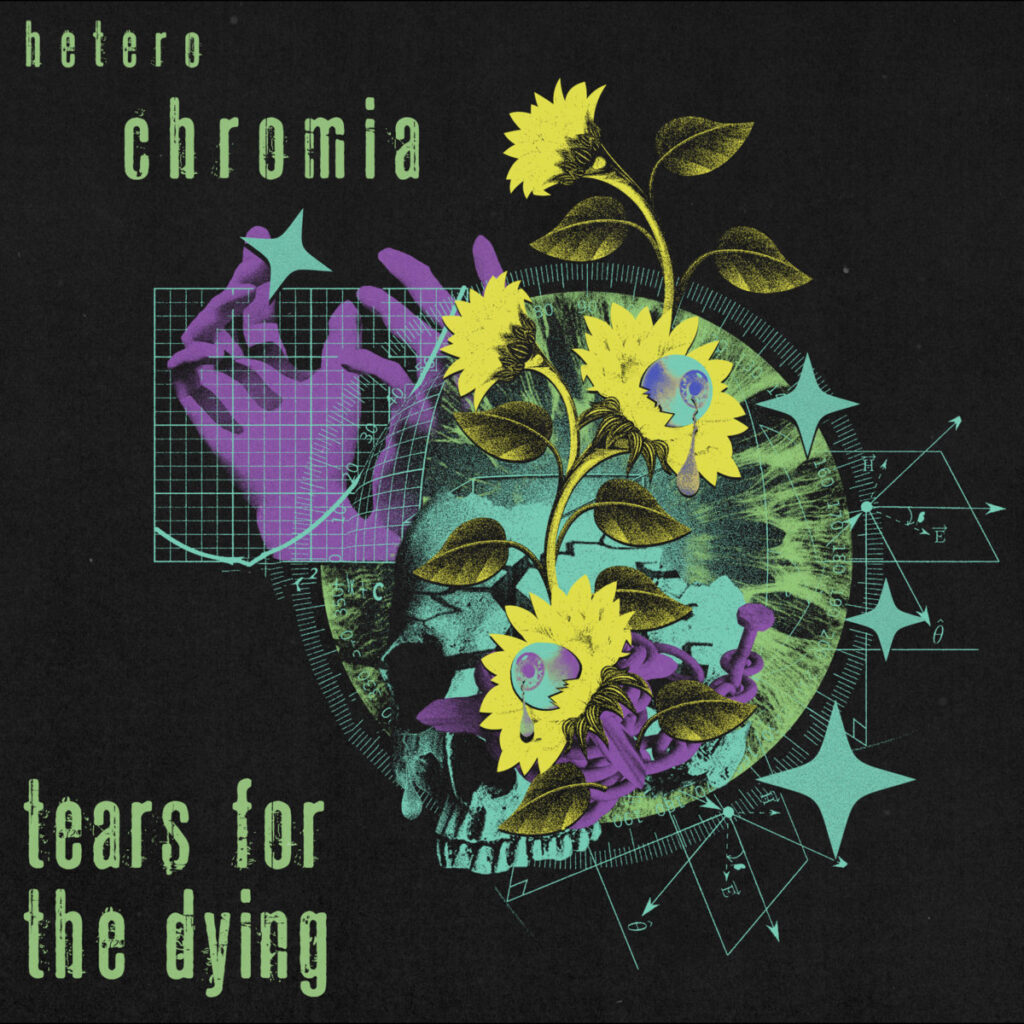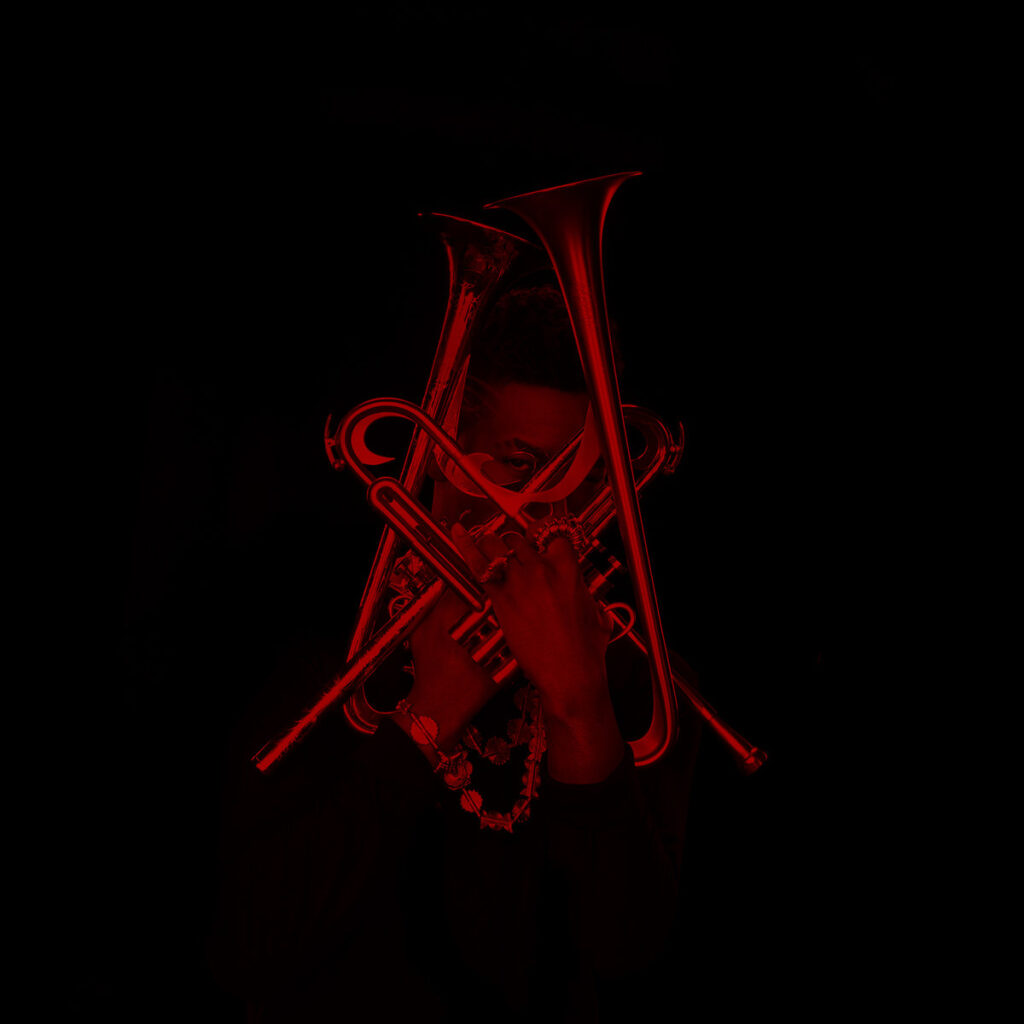The end of the fall semester was rough.
It usually is, existing in a strange liminal space between fall and winter where the days are shorter, the nights are colder and our collective laps bear the crushing weight of finals.
While some people began their post-semester recovery in the comfort of their parents’s houses or their own apartments, I found my own solace at the steps of The Wicked Witch, a Raleigh club located above a tattoo parlor (and one of my favorite spots).

I usually find myself at the WW on their monthly goth nights, during which I inhale copious amounts of incense smoke and fog and pretend to be a reanimated corpse.
However, the venue is also a great place for live shows.
I didn’t catch many shows this semester, but I’m definitely glad I dragged myself to the December 8 performance of three local goth bands: Dead Cool, Tenderlash and Feyleux.
One of my favorite things about local shows is the sense of closeness between the performers and the audience.
The Wicked Witch was no exception. While the turnout was certainly decent, the floor was far from crowded. Fog machines puttered on full blast, filling the room with a haze colored blue, red and pink by overhead stagelights.
Tenderlash
The first performance was by Tenderlash, a solo artist I saw for the first time at the same venue back in May.
According to her personal website, her music draws inspiration from 80’s darkwave, synthpop, coldwave and vintage horror soundtracks. The result is a chilling, eerie sound that rumbles through the ribcage and calls out to the forces of darkness.

My favorite part of the performance was Tenderlash’s proximity to the audience.
Several times throughout the set, she stepped down from her podium and sashayed around the front of the crowd, entering the audience’s ranks. The result of this was a deeply intimate, almost conversational atmosphere that left me fully immersed in the music.
Feyleux
Following Tenderlash was my favorite set of the night, the second-ever live performance of darkwave duo Feyleux.
Announcing their start on August 1, Feyleux is so new that their online presence remains localized to a sparse Instagram page. As a result, I am positively desperate for the band to release some tracks online.
And since the band hasn’t yet uploaded any of their music, I went into the show totally blind. I left the show, however, absolutely riveted

Feyleux’s sound is dreamy, dramatic and highly tactile. As the duo started their first song, I could feel the energy race throughout my whole body.
The music filled the room like a pale and vaporous haze and as the vocalist began to project her voice out to us, my skin erupted in gooseflesh.
How had I not heard of this band before? I asked myself, blinking back tears. Later I would ask myself in a mixture of rage and despair, Why haven’t they posted any music online?
Dead Cool
The final act of the night, and perhaps the most anticipated, was that of Wilmington-based duo Dead Cool.
As someone who used to live in Wilmington, perhaps I would’ve found it more enjoyable if I’d been aware of this band’s existence. Probably not, though.

I was pretty familiar with this band going in, as I follow them on everyone’s favorite green music app.
I liked their music for its high dramatism, dark energy and danceability. I found that these qualities translated well into their live performance and were only elevated by the band’s cool (one may even say dead cool) stage presence.










